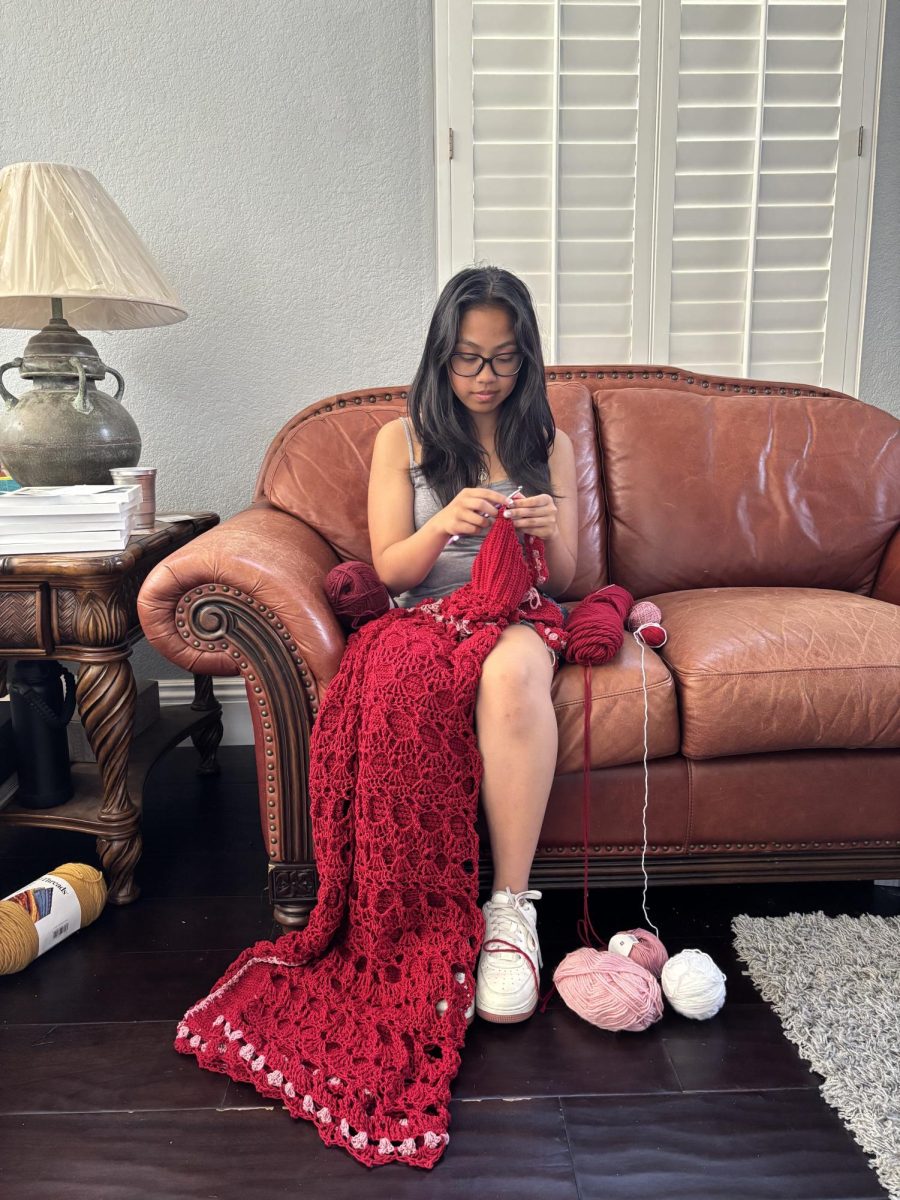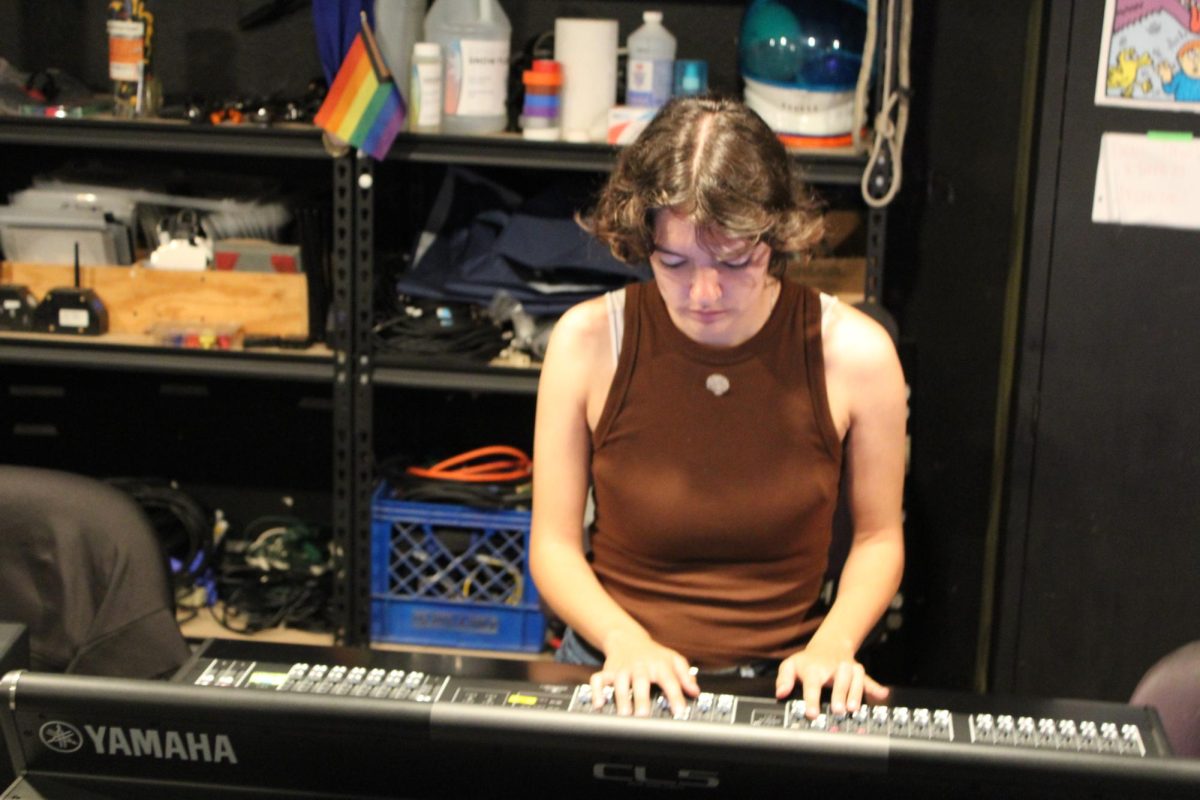February: the time to take the first step towards a career in STEM for many young juniors and seniors. Behind the chocolate boxes and secret love notes, February is the month where many companies and universities open their doors to high-school students who are interested in the knowledge and experience have to offer. Westview students have often had the privilege of interning in three ways: applying to internship programs catered towards high-school students, directly emailing university professors for a chance to work in their labs and joining Cosmos, the pre-college program offered by many of the UCs.
As applications are currently open for the Life Science Summer Institute or LSSI, an internship program connected to institutions such as UCSD, Scripps Research Institute, and Grossmont College, Allison Bao (12) remembers the time she was in the shoes of many current juniors. Last year, she was one of the lucky few who was selected by the Salk Institute to do an eight-week paid summer internship.
The summer before her senior year, Bao worked with Dr. Carina Antal on epigenetics and genetic modifications, and more specifically, on pancreatic cancer.
While this internship gave Bao a memorable and educational summer, the road that led there was not easy. Bao said she had to endure the long and tedious application process, competing against hundreds of other well-qualified students across San Diego.
The application process consisted of many essays similar to the ones required for college applications. In addition, students had to provide a resume and letters of recommendations.
Then, LSSI would select a handful to move on to the interview process.
“[The] interview is mainly to see if you will fit with your mentor,” Bao said. “It’s stressful because most people haven’t done interviews before in that formal setting, but it’s really important because your summer’s on the line.”
Nonetheless, after weeks of writing and interviews, Bao finally got an email at the end of May 2017, accepting her as one of only 20-30 students in the program.
“I was so happy,” Bao said. “It’s really amazing because it’s your first job too, which is kind of crazy, and you’re getting paid and you get to work in the lab, and most high-schoolers never get a chance to do this.”
During her time there, Bao was given a lot of independence, doing her own research the majority of the time. However, before any of that could happen, Bao and the other students working at Salk spent a week at Miramar Miramar College learning about basic concepts, such as equipment training. Soon she realized working in a real lab is nothing like working in a science classroom.
“It’s really challenging because high school labs don’t compare at all to the real level,” she said. “In high school, through biology, you just skim certain things. [Here], you walk in and everyone in the lab has been doing their labs for years and their expertise is next-level.”
After training, Bao and the other students began their work at the Salk Institute.
Bao’s lab was tasked with modeling pancreatic cancer using 3D organoids. She would test monoculture and co-cultures and determine how certain drugs react to each.
Bao and the team she worked with aimed to find out why certain drugs would work on cultures but not in an actual human body.
“You go week by week and test out the protocol multiple times using different types of drugs in order to get a ton of data so by the end, you can compile it all,” she said.
And as the last few weeks of her internship begin to approach, Bao and the other students ended it with a presentation of all their progress, discoveries and future endeavors.
Once her eight weeks as a scientist came to an end, Bao was happy to finally stop pipetting, but found herself unwilling to leave all the scientists and students who had impacted her life. In just one summer, Bao was able to learn a lot about herself and what a career in the STEM field is like.
“From this internship, I realized I don’t want to do research in the future, but it did bring up the fact that I like biology so that’s why right now, I’ve set myself on a sort of medical school path and going through med school,” she said.
That is exactly what she did this year. She applied to eight-year medical programs and is eager to begin her training to be a doctor.
During the time Bao was working at the Salk Institute, Bryan Pan (12) was busy interning at UCSD, working in a nanotech chem lab under Professor Jesse Jokerst. However, rather than filling out an application to try to land an internship, Pan took to emailing specific professors at the university.
This process, however, was not as straightforward as it seems. Before Pan obtained his internship with Professor Jokerst, he had to email almost 30 professors. Pan knew that during the summer, university professors work on a tight schedule and that not many of them would allow or want a high school student in their lab.
This made Pan’s job very difficult, since he had to learn how to present himself in a professional manner for the first time. Before he even began emailing, he made sure to read extensively about each professor and what they were researching. This allowed him to not only find the professors who conducted research he was interested in but also help him impress them as well.
For every email, Pan would begin my explaining his interest.
He then gave all of his qualifications, such as classes he has taken, scores he received on tests such as AP tests and SAT Subject tests and extracurriculars pertaining to the field he was interested in. After clicking the send button, Pan just had to hope and wait.
After a few weeks, he got a response back from his current professor asking to meet in person for an interview to sort out the logistics of the internship.
“[During the interview, Jokerst] basically just went over what he was [researching],” Pan said. “He was trying to convince me to go into his lab and I was trying to convince him that I was capable of doing it.”
In the summer of 2017, Pan began his eight weeks of research.
In the beginning, like Bao, Pan had to undergo some training, but it didn’t take long for Professor Jokerst to let him loose.
“My professor really emphasized me doing my own independent work instead of following the guidance of some other PhD or Postdoc,” he said. “So, I pretty much ran and decided what my labs were, and [I just] had to check them off with him.”
Doing a majority of his experiments on the drug heparin, Pan developed a deep understanding of it and the tool used to work with it. Each day would be jam packed with experiments using photoacoustic, a technique that allowed him to monitor heparin levels.
While Pan spent most of his days on a lab bench, there were also days were he was in a presentation room. Each week, he would present that week’s finding at the lab meetings. There, he was able to discuss with his fellow colleagues future experiments and how to improve his technique and ideas.
“I’ve learned that research is very tedious, and it’s not fit for everyone,” he said. “You need to have a certain kind of patience and dedication toward what you are doing and you really have to love what you do to do research, [but] I think that applies [beyond] research in general, like the way you carry yourself at work as well.”
Nandini Rajgopal (12) took a different route from Bao and Pan, opting to apply to the pre-college program, Cosmos, the summer between her sophomore and junior year.
What separates Rajgopal’s experience from both Bao and Pan is the fact that her summer involved more than lab work.
Like most pre-college programs, Cosmos has its own tuition. Cosmos, which costs around $3,500 to attend, provides students with the opportunity to live at one of four UC schools: San Diego, Irvine, Davis and Santa Cruz. For four weeks over the summer, students who are admitted to the program are given firsthand experience in fields ranging from video game design to tissue engineering and regenerative medicine, the cluster that Rajgopal was in.
Similar to Bao and Pan, Rajgopal had to fight for her spot.
In order to be considered for the position, Rajgopal needed to submit a transcript, letters of recommendation and essays demonstrating her interest in a certain cluster.
After receiving admission into the program it didn’t take Rajgopal to realize this would be one of the best summer of her life.
“I finally felt like I belonged,” Rajgopal said. “The people around me were all driven and motivated but they were also cool and funny and knew how to have fun at the same time.”
Rajgopal said she felt a sense of relief being away from the competitive high school culture and was able to immerse herself in a place where people valued collaboration over competition.
Rajgopal spent the first two weeks in a classroom learning about tissue engineering and regenerative medicine, and the last two weeks in the lab putting her knowledge to work.
“My project was testing the effect of the cartilage matrix on compaction,” she said. “We basically tried to create artificial cartilage.”
Then after a long day, Rajgopal and the rest of her cluster would generally have a lot of free time to explore the campus and bond as a group, much like what college life would be.
“[In college] you have the social aspect and studying aspect,” she said. “It was cool how they replicated that in Cosmos.”
In terms of the science, Rajgopal was grateful to be exposed to so many new things. The experience made such a positive impact on Rajgopal that she puts Cosmos at the top of her list for best high-school memories.
“It was a overall great learning and scientific experience,” she said. “I was doing what I loved doing the entire time and I loved that.”
Rajgopal has not forgotten her experience at Cosmos. Just last week, she and her former cluster buddies met up again to catch up. And even to this day, Cosmos continues to impact her life.
“I contacted the professor that I learned from at Cosmos the following summer and he [offered me an] internship where he worked,” she said. “I got to receive even more lab experience shadowing a graduate student this time.”
Rajgopal is even thinking about majoring in bioengineering at a four year university.
And now, while Bao, Pan, and Rajgopal’s stories have come to an end, this February marks the beginning of the stories of the next generation of STEM students.



